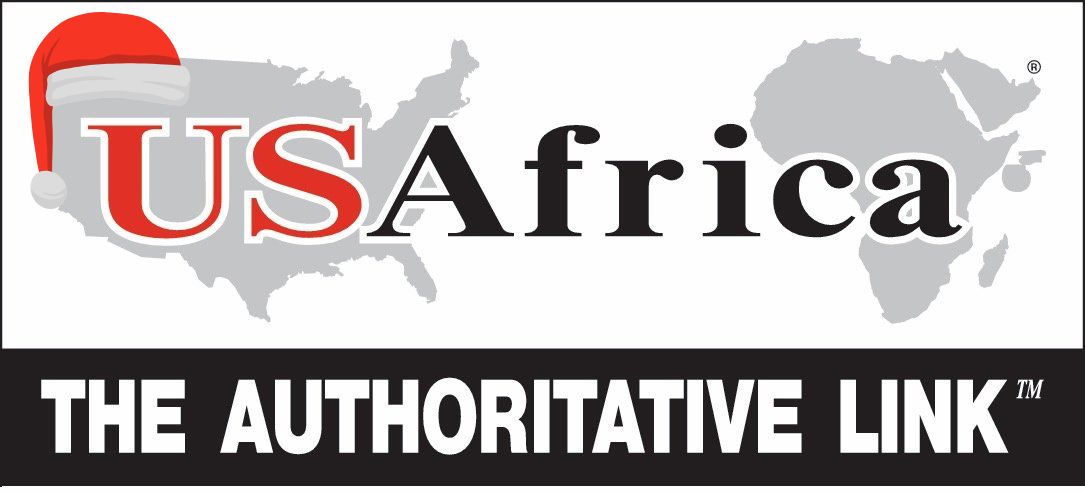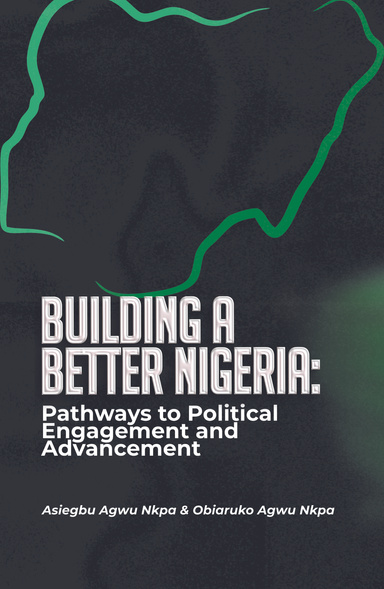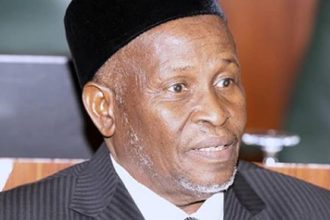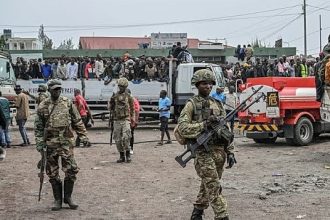In the arid expanse of Ethiopia’s Tigray region, where drought and conflict have become harsh realities, Tigray teeters on the edge of famine after enduring two years of war and the unyielding impacts of climate change.
Once-verdant fields now lay barren, bearing witness to the daunting challenges confronting its inhabitants.
At the Fenarwa health center, Ada Arae Girmay, a mother of 10, tends to malnourished infants, including her one-year-old twins, Assefa and Metkel.
The health center serves as a lifeline through Ready-to-use Supplementary Food (RUSF), sustaining these vulnerable children. Girmay mourns the transition from farmers to having nothing, with hunger emerging as the prevailing constant.
Similar despair resonates among other mothers at the health center.
“The health center’s supplementary food sustains my babies; it’s their sole nourishment. Once farmers, now with nothing, hunger prevails. The kids, one-year-old, rely solely on this sustenance,” she expressed.
Confronting the grim realities is Tadesse Mehari, Director of Finarwa Health Center.
Displaced by the conflict, Mehari fled his home in Humera with nothing, seeking refuge in Mekelle.
Nearly three years later, he seized an opportunity to contribute by working as a health officer in Finarwa.
He underscores the dire situation, stating, “A lot of people are suffering. They are starving. They are dying.”
The challenges loom large, with war rendering health facilities in ruins, including the esteemed Aydar hospital in Mekelle, which struggles to provide basic care.
Desperation extends beyond health centers, as villagers flock to district leaders’ offices, unable to endure the emptiness in their homes.
In the Messebo district, 70-year-old farmer Haile Gebre Kirstos plows his arid land, startled by an unusually dry season.
Lush fields that once sustained livestock now stand desolate.
Driven by desperation, Kirstos commences plowing months earlier than usual, haunted by memories of the 1980s famine. “We have nothing, absolutely nothing. Some resort to selling their possessions, like cattle, for survival. Despite having three farms, there’s nothing to harvest. Selling cattle becomes a means of survival when there’s nothing else to eat,” he lamented.
The hunger crisis arises from a complex interplay of factors, including a two-year brutal war disrupting farming activities and access to fertilizers.
Humanitarian aid faces obstacles as the UN and USA suspend assistance due to allegations of theft by Ethiopian authorities.
Residents in need had previously donated their grain reserves to support Tigrayan fighters, exacerbating the scarcity.
Some farmers report the forceful seizure of grains and livestock by federal government forces and their allies.
Edgar Githua, an international relations expert, views the looting of humanitarian aid as a war tactic by the Ethiopian government to weaken the TPLF.
However, this action is deemed illegal under international humanitarian law.
“The government has actually weaponized food and by taking the food aid that has been sent to the Tigranian region, the government was just basically trying to use something we call scorched earth policy. It is something that has been banned in international humanitarian law. It is against international humanitarian law for siege, it is prohibited to use methods of warfare that are going to put civilians at risk,” he emphasized.
Tigray officials accuse the federal government of downplaying the crisis, while Tigray grapples with one of the worst famines in its history.
In a rare admission, the national ombudsman acknowledges nearly 400 starvation deaths in Tigray and Amhara regions, underscoring the urgent need for international intervention in this dire humanitarian crisis.















